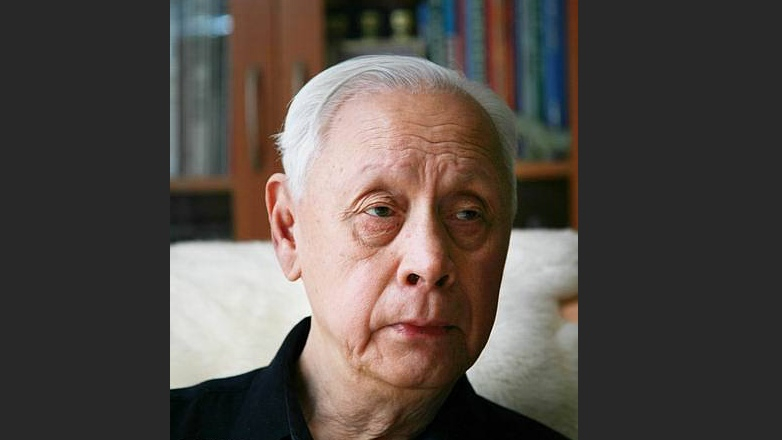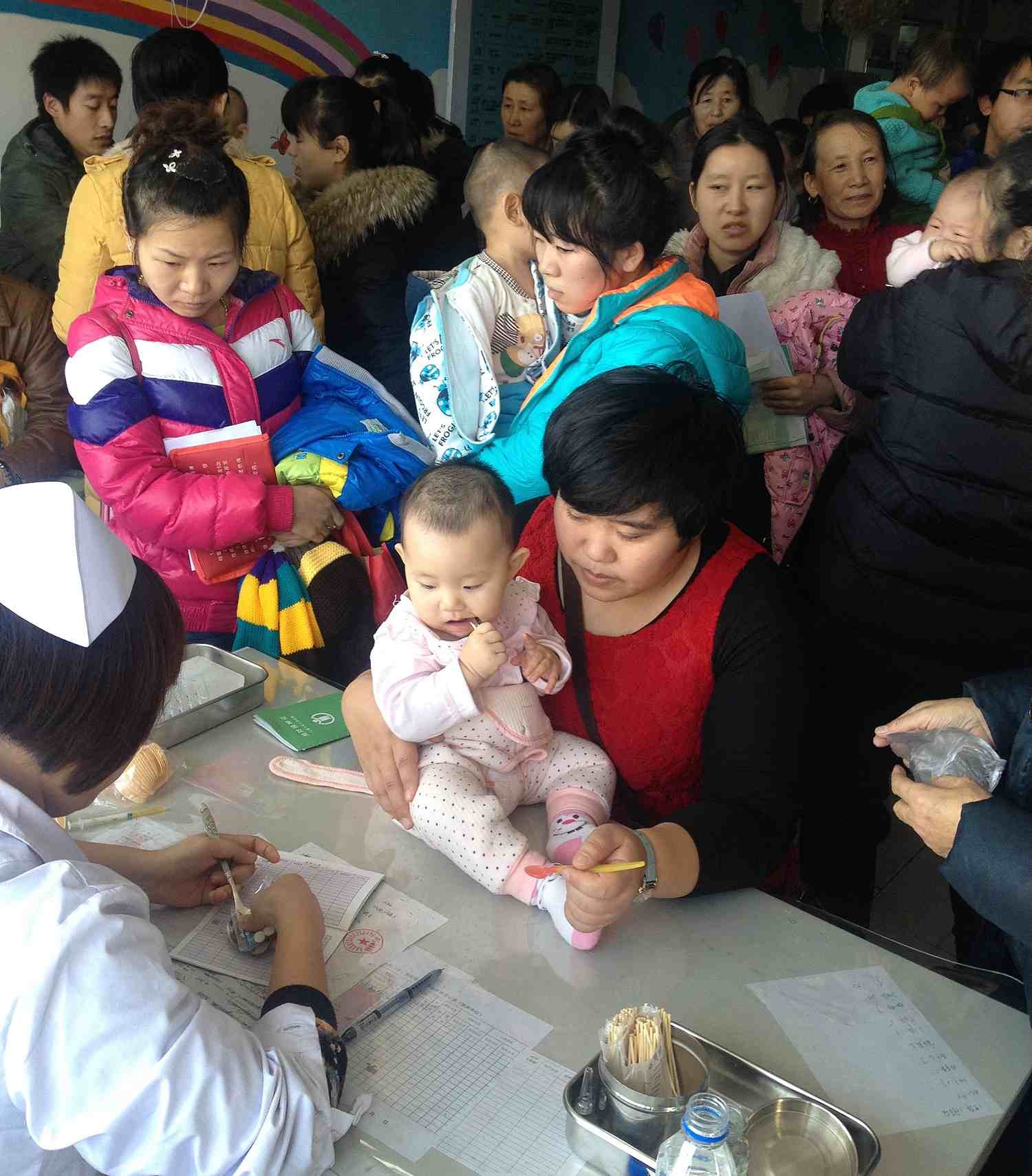
Tech & Sci
12:51, 08-Jan-2019
The father of sugar pills: A lifetime for polio eradication in China
Updated
11:56, 11-Jan-2019
CGTN

Gu Fangzhou, a virologist who dedicated his life eradicating polio from China, passed away at age 92 on January 2.
"Sugar pills" – a live oral polio vaccine, developed by Gu reduced incidence rate of the disease by nearly 100 times from 1949 to 1993, saving millions of children from crippling paralysis.
Determined to wipe out polio
"I spent my whole life doing one thing – developing an effective and affordable polio vaccine," Gu Fangzhou, once said while summarizing his life.
Born in 1926 in Ningbo City, east China's Zhejiang Province, Gu's family faced a difficult time with the sudden death of his father. In school, he was ridiculed for his poverty-stricken status.
Overcoming adverse conditions, he secured admission at the Peking University's medical department in 1944. He attributed his early success to constant motivation from his mother.

Gu Fangzhou, known as China's polio terminator, dedicated his entire life eradicating polio from China. /VCG Photo
Gu Fangzhou, known as China's polio terminator, dedicated his entire life eradicating polio from China. /VCG Photo
Moved by the prevailing condition in the country, and motivated by a well-known expert of the industry, as well as his internship at the Dalian Institute of Public Health, Gu was determined to turn around the public health sector for the better.
In 1955, a disastrous outbreak of polio in Nantong, east China's Jiangsu Province paralyzed 1,680 people, mostly children in the age below seven. The epidemic resulted in 466 deaths with poliovirus spreading to neighboring areas.
The human trial
Appalled by massive casualty, government designated Gu to lead polio research in 1957. "The only way to prevent polio was to invent a vaccine at that time," said Gu. His team later isolated the poliovirus for the first time, raising hopes to prevent the spread of the virus.
A significant breakthrough was achieved in 1959 when Gu succeeded in developing first polio (Sabin type) live vaccine. Later, he developed two kinds of live vaccine – oral and sugar-coated pills in the early 1960s.
The first batch of five-million vaccine doses was produced in December 1960, and the vaccination exercise started in 11 Chinese cities.
According to Gu's biography, in order to test the efficacy and side effects of the vaccine, he administered the vaccine to himself and started the first stage of the human trial.
After extensive testing, he took another bold step to administer an oral vaccine to his one-month-old son. This inspired his colleagues to vaccinate their kids. They became the first generation in China to try a polio vaccine.
"If we don't believe in what we produce, how can others believe in it?" said Gu when recalled this trial.
Developing 'sugar-coated polio pills' to combat poliovirus

Parents queue up with their children for "sugar pills." /VCG Photo
Parents queue up with their children for "sugar pills." /VCG Photo
For eradicating polio, it's essential to maintain efficacy of the vaccines by ensuring a cold chain. The vials need to be kept in the ambient temperature of two to eight degrees Celsius. However, it was impossible to provide a freezer to vaccines in-transit or in non-electrified rural areas in those days.
Gu's team solved the challenge by developing a sugar-coated pill that tasted good and was also easy to preserve. The sugar pill concept killed two birds with one stone - the sweet taste made it easy to administer the pills to the kids while making the vaccine affordable and within reach for poor communities.
Gradually, the sugar-coated polio vaccine was made available in Chinese hinterland in 1965, reducing the disease incidence rate multiple folds.
The moment of glory came in 2000 when Gu, then 74, signed China's confirmation report on polio eradication as a special representative. The WHO certified China "polio-free" the same year.
"We feel satisfied. I can tell people that I tried my best, and your kids will no longer get polio," said Gu. "That's all what we hoped."
(Cover: Chinese virologist Gu Fangzhou. /VCG Photo)

SITEMAP
Copyright © 2018 CGTN. Beijing ICP prepared NO.16065310-3
Copyright © 2018 CGTN. Beijing ICP prepared NO.16065310-3